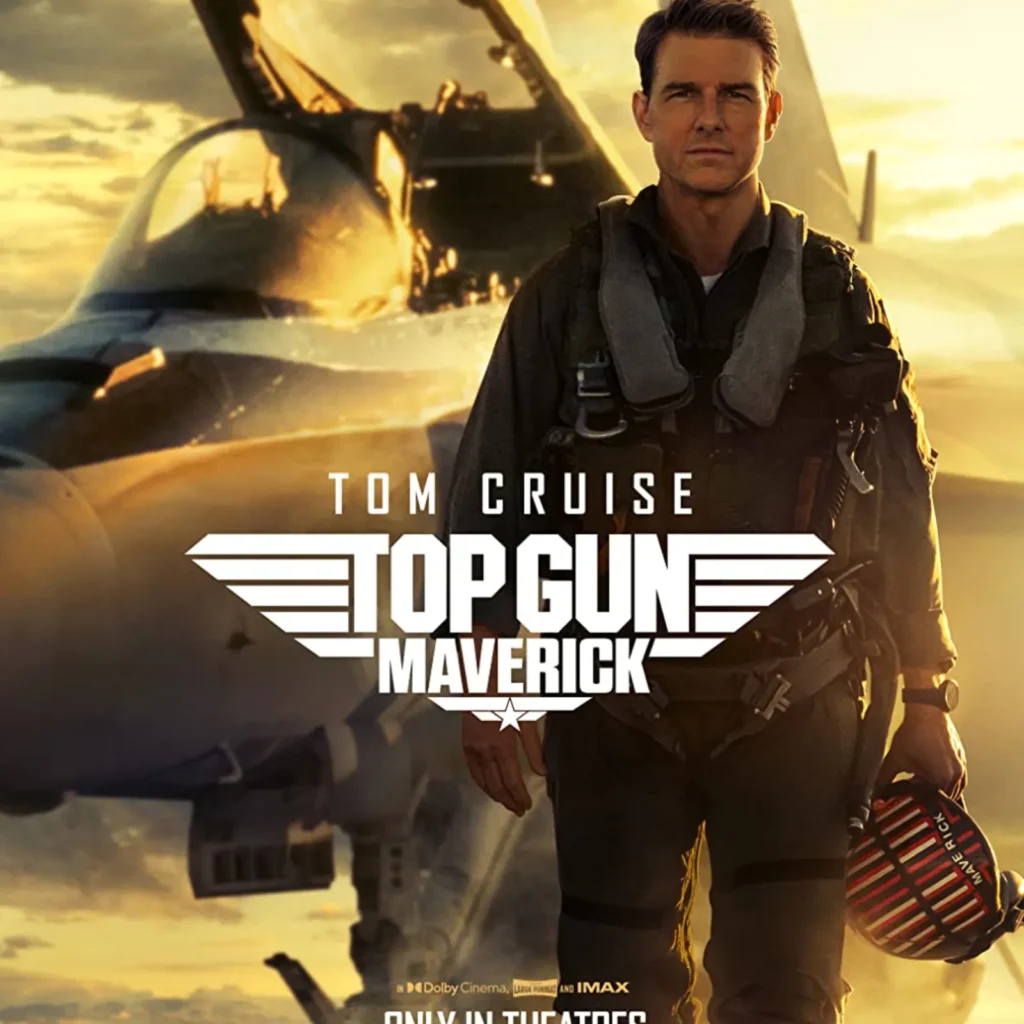“Top Gun” is a 1986 American action drama film directed by Tony Scott, starring Tom Cruise, Kelly McGillis, and Val Kilmer. The movie follows the story of a young fighter pilot named Pete “Maverick” Mitchell, who attends the Navy’s elite fighter weapons school, Top Gun, where he competes to be the best in his class.
The film was a major box office success, grossing over $356 million worldwide and becoming one of the highest-grossing films of 1986. It also helped to solidify Tom Cruise’s status as a Hollywood superstar and helped popularize the use of pop songs in film soundtracks.
“Top Gun” is a testament to the late Tony Scott’s talent as a filmmaker. Scott’s skillful direction and attention to detail help to elevate the film above its simple plot and create a sense of excitement and energy that still resonates with audiences today.
Scott’s use of bold colors and dynamic camera movements help to convey the speed and adrenaline of the film’s aerial sequences, while his careful editing keeps the pace of the film brisk and engaging. He also displays a mastery of the use of music in film, with the film’s iconic soundtrack (Harold Faltermeyer) helping to cement its place in popular culture.
Despite its flaws, “Top Gun” remains a beloved film thanks in large part to Tony Scott’s vision and expertise. His ability to create thrilling and memorable moments on screen is a testament to his talent and legacy as a filmmaker.
Tail piece: 1) Tim Robbins is seen briefly in Top Gun as Samuel “Merlin” Wells, an officer who works with Maverick. 2) John Travolta was offered the lead role, which didn’t materialize due to his compensation demands.


